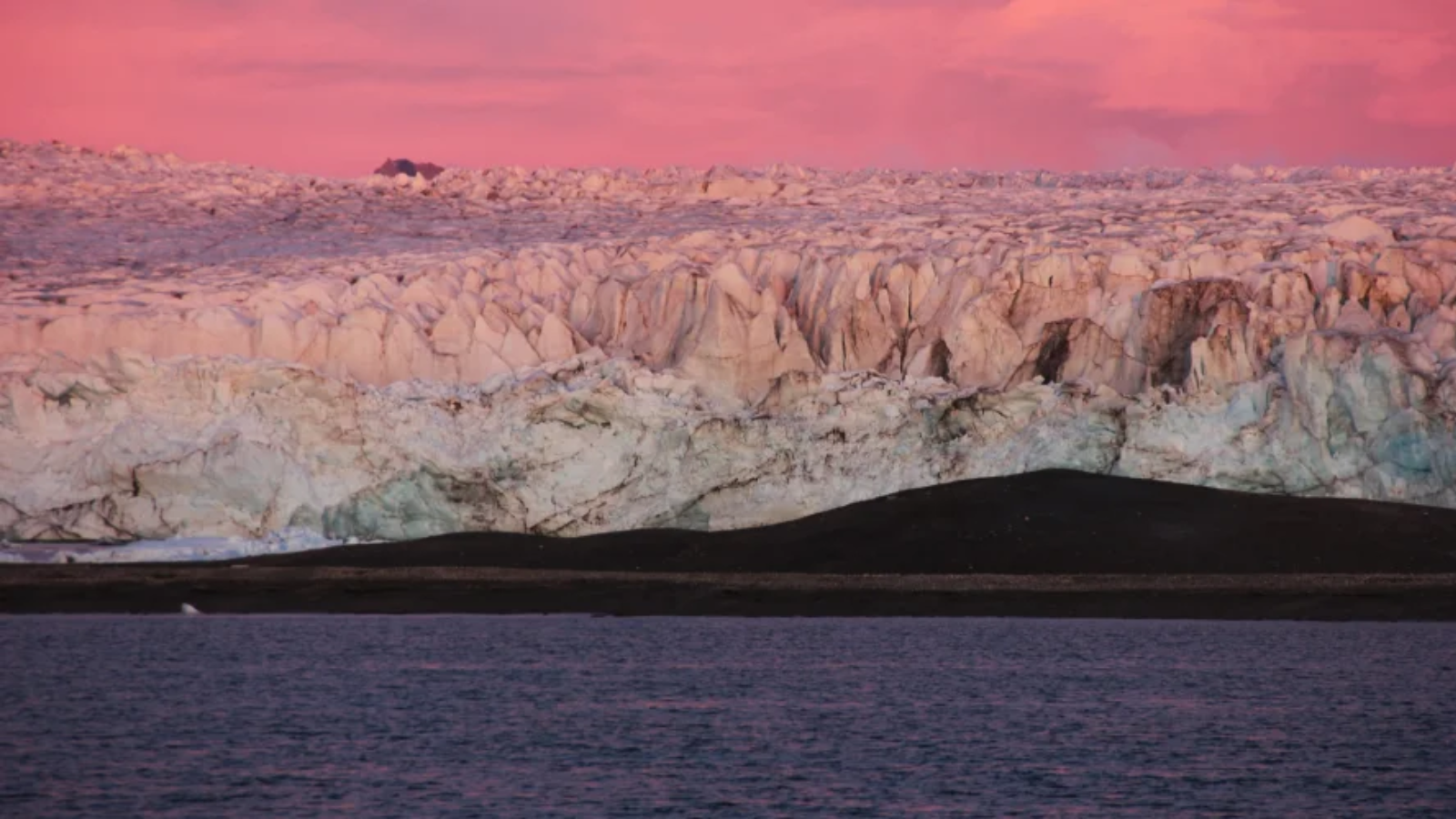Retreating glaciers are exposing new coastlines

Retreating glaciers are exposing new coastlines, fundamentally changing the landscape, ecosystems and economy. A team of scientists led by glaciologist Jan Kavan (Centre for Polar Ecology, Faculty of Science, USB and Masaryk University in Brno), in collaboration with experts from Poland, the USA and Canada, published an article in the prestigious journal Nature Climate Change in which they analyze this phenomenon in detail. Scientists have been exploring newly formed coastlines after the retreat of glaciers in the 21st century across the northern hemisphere. They created a database of more than 1,500 glaciers and their evolution since 2000 and found that between 2000 and 2020, 2,500 km of new coastline had formed, about two-thirds of which were in Greenland.
Newly formed coastlines are often made up of unconsolidated sediments and are thus among the most dynamic in the world. They change rapidly due to geomorphological processes such as erosion caused by waves and ocean currents, slope processes, river erosion or thermal abrasion. In addition, the retreat of the glacier from the sea to the land affects the flow of water in the fjords and interrupts the nutrient-yielding updrafts on which high primary production and biodiversity depend. Glaciers that end up in the sea are often considered centers of biodiversity, so their retreat can have serious negative effects on local ecosystems.
The rapid retreat of glaciers and the exposure of areas that were hidden under the ice also has economic consequences. New deposits of precious metals and minerals are being discovered here, such as sand, which is typical of Greenland. The retreat of glaciers also relieves exposed slopes. These coasts are often places where catastrophic landslides and subsequent tsunami waves occur, such as in Alaska and Greenland. These natural disasters threaten residents.
The study was conducted in collaboration with scientists from the University of Wroclaw (Poland), McGill University (Canada), University of New England (USA) and University of Alaska Fairbanks (USA).
"The published study should be the basis for follow-up research aimed at understanding the processes that take place on newly deglaciated coasts, including predicting the future development of these ecologically important sites. We are now trying to raise funds for this research and we hope that this prestigious article will help us. The first small step is field research of the site affected by a giant landslide in 2023 and the subsequent tsunami on the east coast of Greenland," explains the head of the research team Jan Kavan, who is going to work in said area with colleagues from Poland in August 2025 as part of the project "GLAVE – Paraglacial coasts transformed by tsunami waves – past, present and warmer future".
The article is freely accessible in Open Access:
https://www.nature.com/articles/s41558-025-02282-5



















